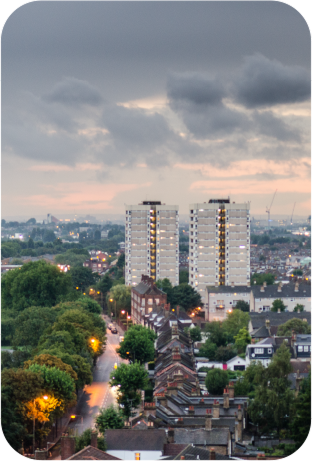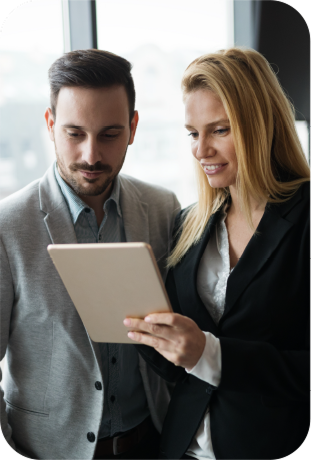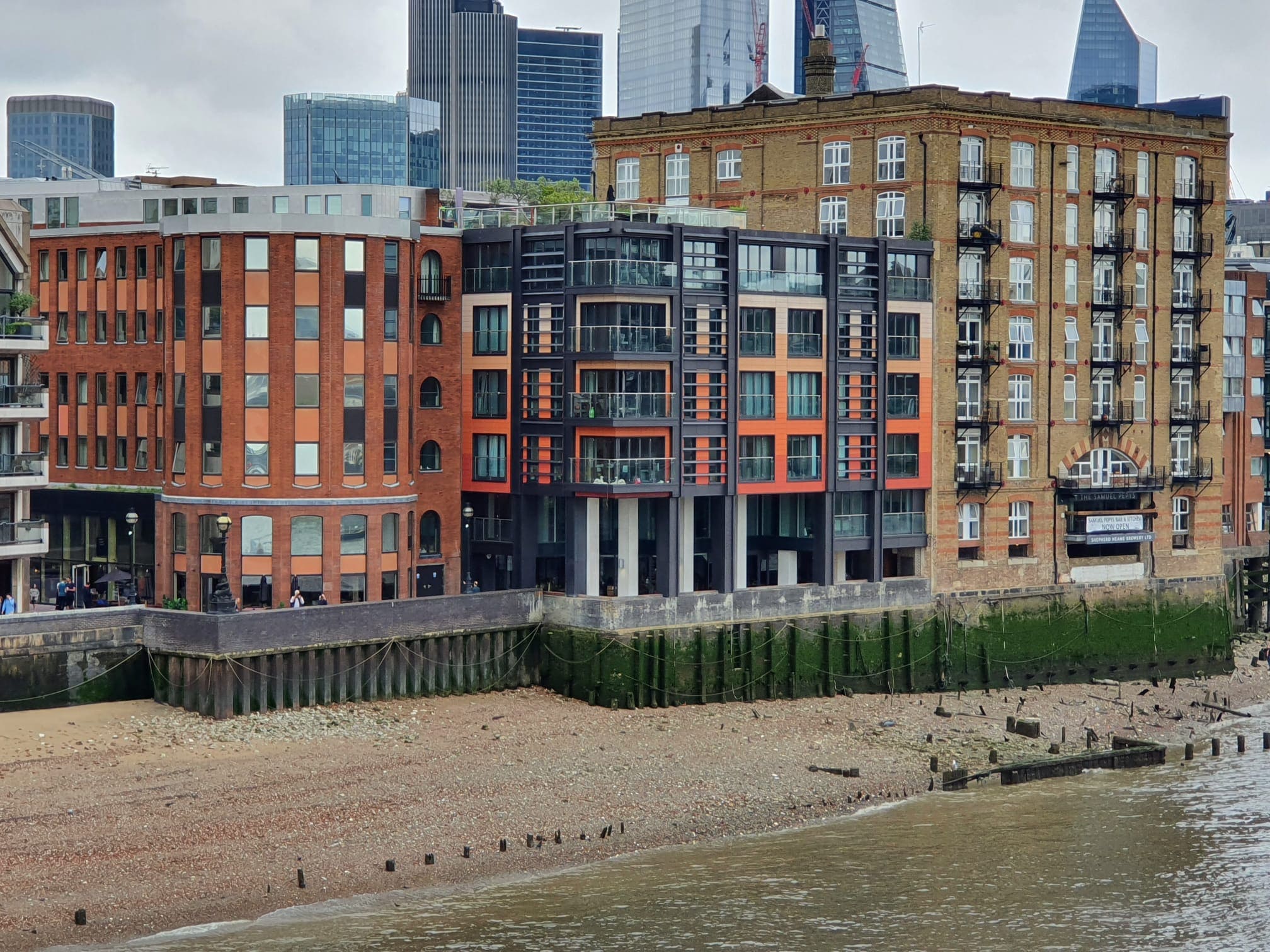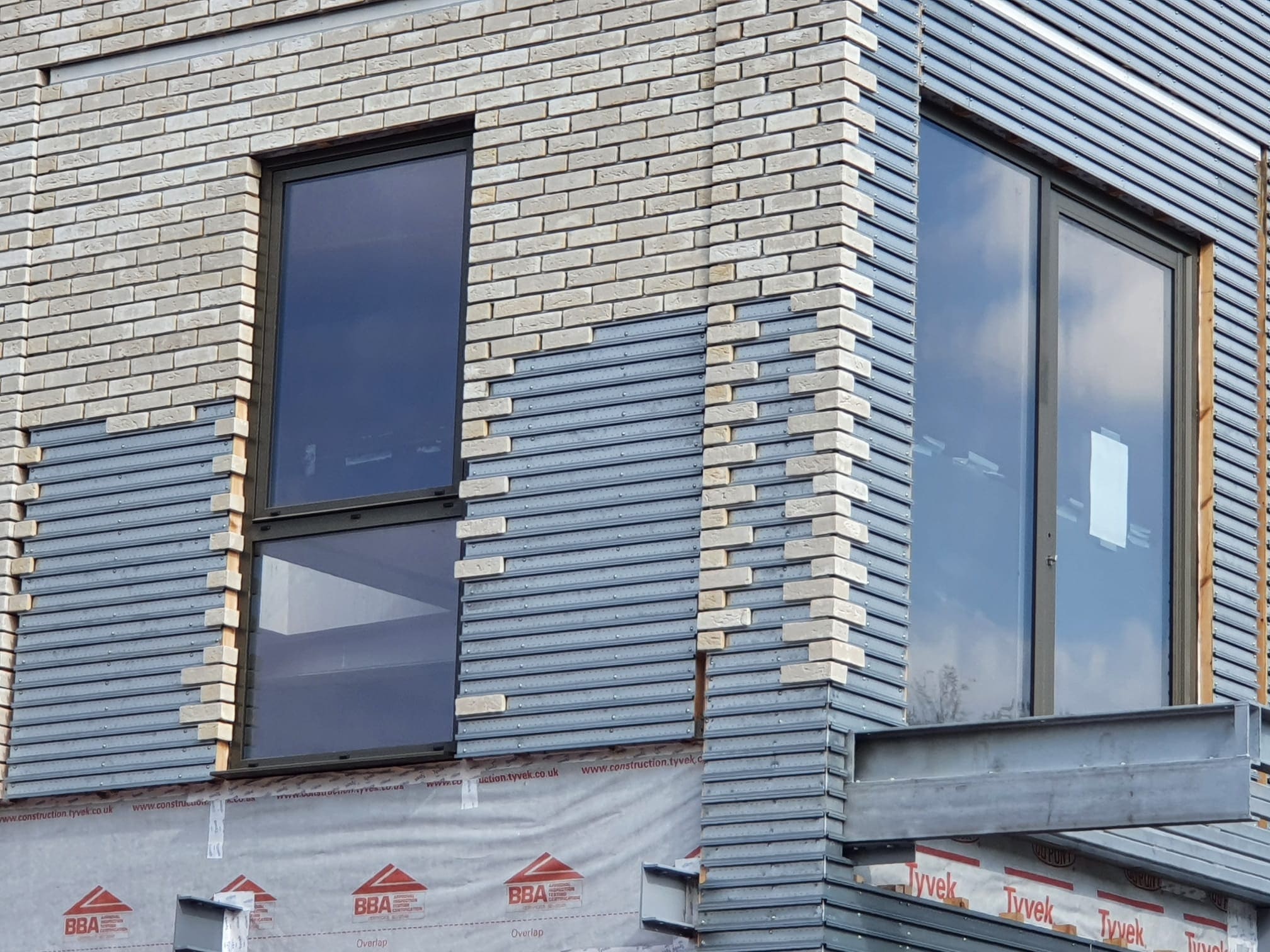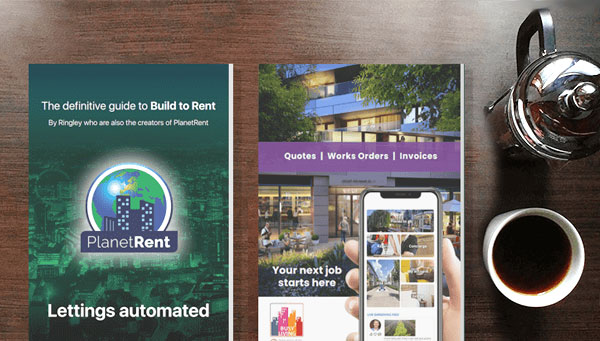23/10/2012
by: Mary-Anne Bowring

Who is Responsible for Pollarding Trees in Residential Blocks?
Pollarding trees, a process that involves pruning to control growth and protect nearby buildings, is an important aspect of property maintenance, especially in residential blocks. Tree roots can damage property foundations and underground drainage pipes, which can cause significant structural issues. Pollarding helps prevent this by limiting tree growth, but the responsibility for carrying out this work can be unclear to many residents.
The Purpose of Pollarding Trees
The main aim of pollarding is to control the growth of trees, particularly in areas near buildings. By reducing the crown (branches and leaves), the tree’s growth is restricted, reducing the risk of damage to nearby structures. In addition, tree roots can cause damage to foundations and underground pipes, leading to soil saturation and subsequent structural problems.
Who Should Carry Out Pollarding?
Pollarding should only be performed by trained professionals who are insured and skilled in working at heights. The method of pollarding can vary depending on the tree’s size and type, but typically involves using ladders, a cherry-picker, or securing the operative to a safe fixing point. It is essential that only qualified professionals carry out this work to ensure safety and effectiveness.
Responsibility for Pollarding in Communal Areas
In residential blocks, freeholders and management companies are responsible for ensuring that trees on their land are properly maintained. Failure to carry out pollarding could result in damage to buildings, for which insurance companies may hold the freeholder or management company accountable. In the event of such damage, the burden of proof would lie with the insurance company, which would need to demonstrate that a particular tree was responsible for the damage.
Precautions Before Pollarding Works
Before beginning pollarding, safety measures must be taken. If the tree is near a pedestrian highway, the area should be fenced off with appropriate signage. A member of the tree surgery team should remain on the ground to monitor pedestrian safety. If the work is near a roadway, residents and car owners need to be informed in advance to move their vehicles. This responsibility generally lies with the freeholder or management company for private roads, and the local authority for public roads. Additionally, it is now required that the company carrying out the work provides a method statement and safety policy to ensure health and safety standards are met.
Tree Preservation Orders
Some trees are protected by a Tree Preservation Order (TPO), which means that no work can be carried out on the tree without prior planning permission from the local authority. It is important to check for any TPOs before instructing any tree works.
Some trees are protected by a Tree Preservation Order (TPO), which means that no work can be carried out on the tree without prior planning permission from the local authority. It is important to check for any TPOs before instructing any tree works.
 2889
2889











Keep up to date
(Weekly, fortnightly or monthly)
To find out more what we do with your data, please read our Privacy Policy

 0
0



